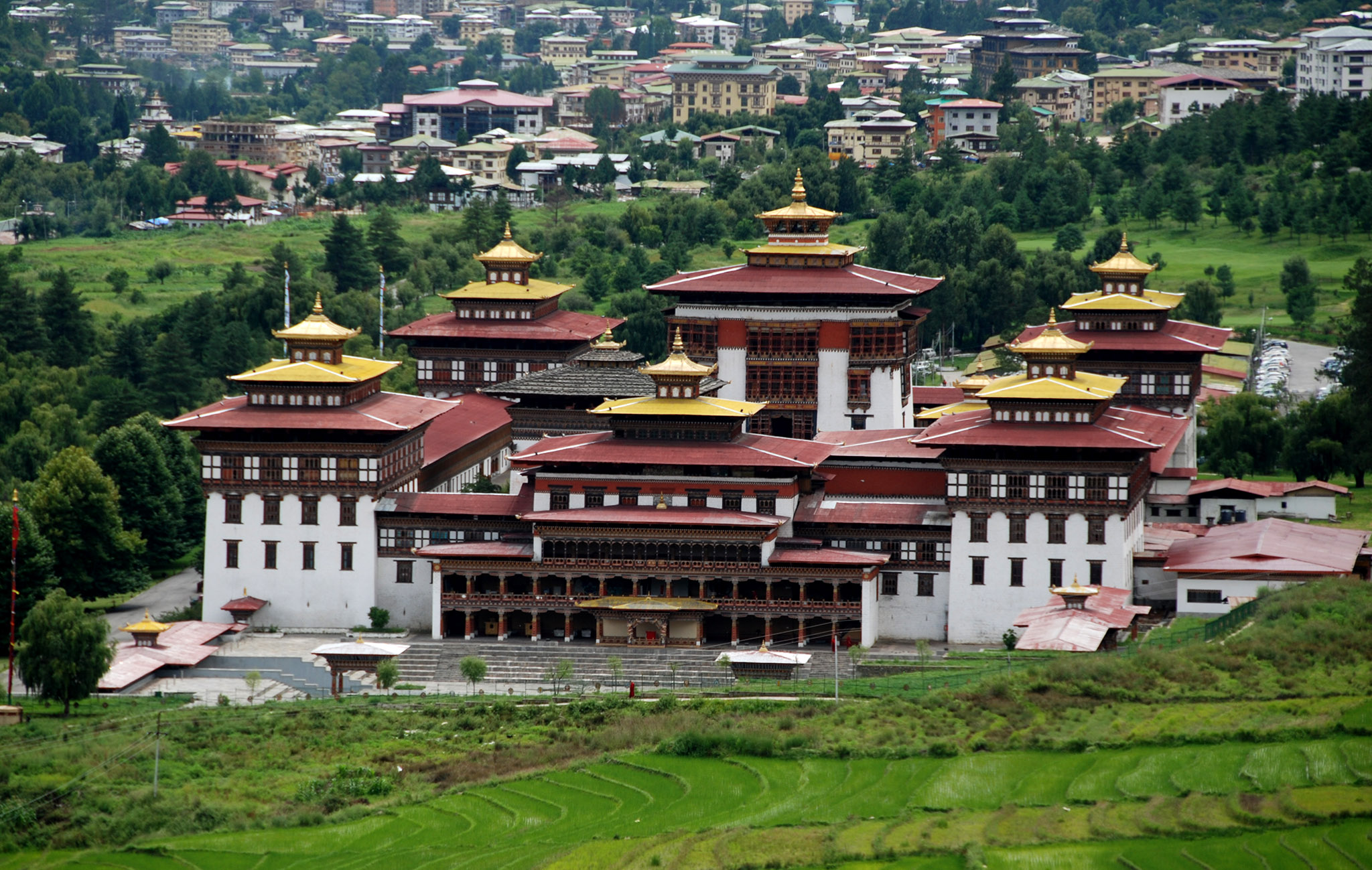As one of the most distinctive architectural structures in Bhutan, the dzong fortress offers visitors an immersive glimpse into the country’s history, culture, and spirituality. A dzong is a fortress that was traditionally built to serve as the administrative and religious center of a district or region. These imposing structures, which are still in use today, are known for their distinctive style, with high whitewashed walls, red roofs, and intricate woodwork. Of the many dzongs in Bhutan, some of the most famous and significant include Punakha Dzong, Trongsa Dzong, and Paro Dzong.
One dzong that is well worth visiting is the Dzong Fortress in the capital city of Thimphu. Located on a ridge overlooking the city, this impressive structure is one of the largest dzongs in Bhutan, covering an area of over 35 acres. The dzong is also known as Tashichho Dzong, which translates to “fortress of the glorious religion.” Originally built in the 17th century, the dzong has been renovated and expanded numerous times over the centuries and now serves as the seat of the Bhutanese government, as well as the summer residence of the Je Khenpo, the country’s highest religious leader.

As visitors approach the dzong, they will first notice the impressive whitewashed walls, which are punctuated by ornate wooden balconies and windows. The dzong is surrounded by a moat, which was traditionally used as a defense against invading armies. The main entrance to the dzong is via a massive wooden bridge that spans the moat. Once inside the dzong, visitors are immediately struck by the serene and peaceful atmosphere. The courtyard is paved with smooth stones and is surrounded by wooden galleries with intricate carvings. The central tower of the dzong is adorned with intricate paintings and statues, and visitors can explore the various prayer halls, offices, and living quarters of the dzong’s inhabitants.
One of the most popular times to visit the dzong is during one of the many festivals or ceremonies that are held there throughout the year. One such festival is the Thimphu Tshechu, a vibrant and colorful celebration that takes place every autumn. During the festival, monks perform traditional dances and rituals, and visitors can sample traditional Bhutanese cuisine and shop for handicrafts and souvenirs.
Visitors to the Dzong Fortress can also learn about the history and culture of Bhutan by visiting the National Museum, which is housed within the dzong’s walls. The museum contains a vast collection of Bhutanese artifacts and exhibits, including traditional costumes, weapons, and artwork. Visitors can learn about the history of Bhutan, from its ancient Buddhist roots to its modern-day status as a constitutional monarchy.
Conclusion || Dzong Fortress
In conclusion, the Dzong Fortress in Thimphu is a must-visit destination for anyone interested in Bhutan’s rich history, culture, and spirituality. This impressive structure offers visitors an immersive glimpse into the heart of Bhutan, and its peaceful and serene atmosphere is sure to leave a lasting impression. Whether you are interested in learning about Bhutanese history, exploring ancient architecture, or simply enjoying the stunning scenery, the Dzong Fortress is the perfect destination for a truly unique and unforgettable experience.
Book Your Flights : Here 30% OFF on Booking
Book Your Hotels : Here 20% OFF on Booking

0 Comment